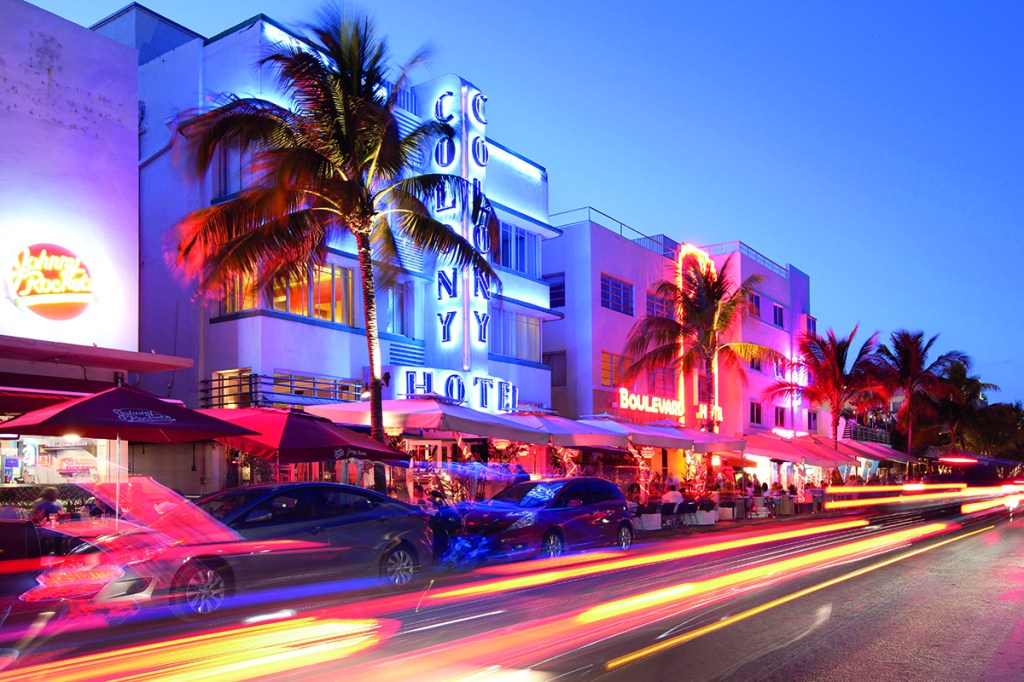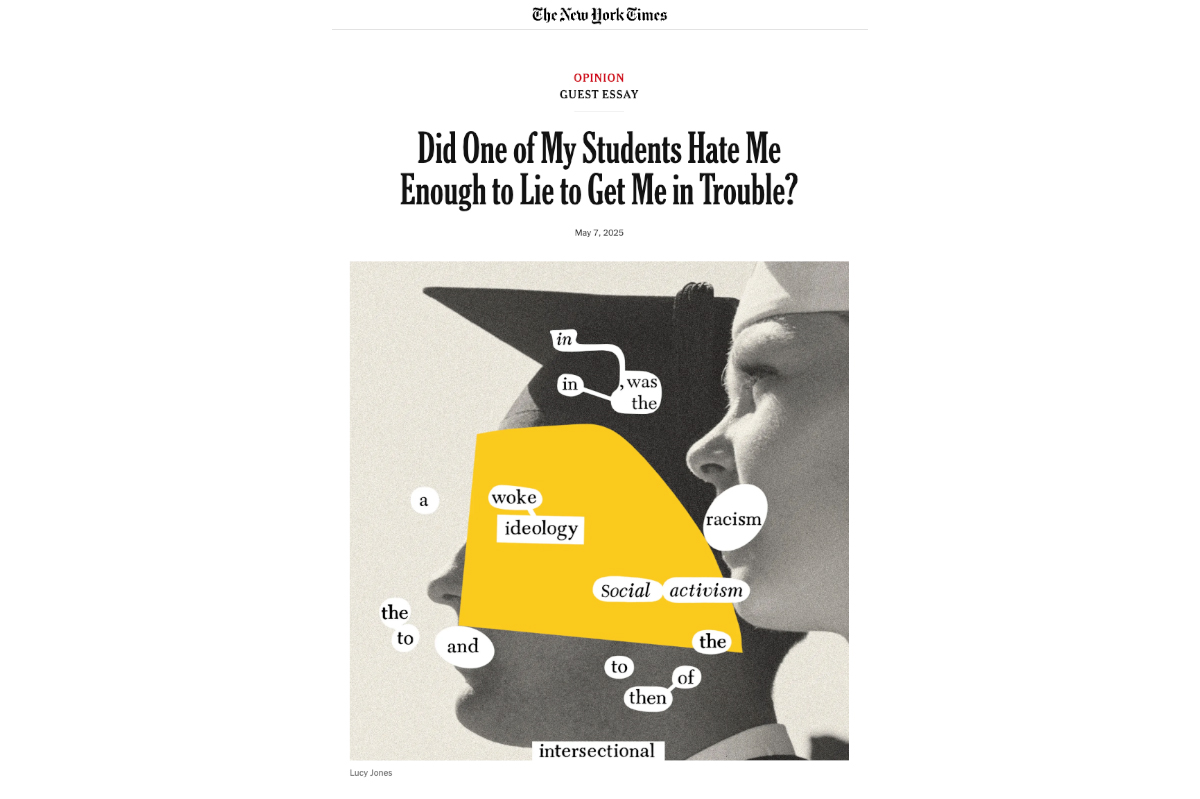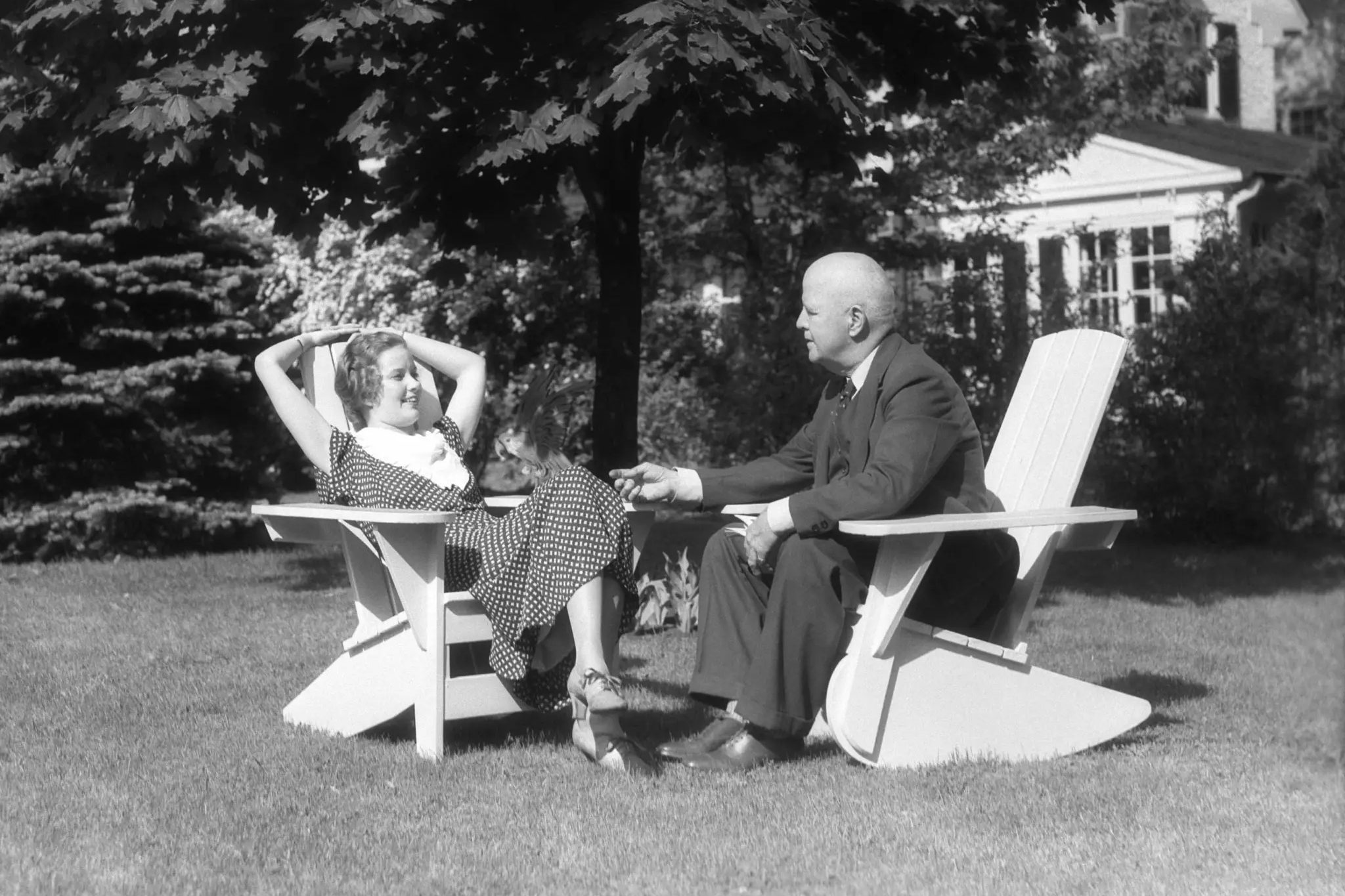My lunch spot in suburban Miami-Dade County, El Palacio de los Jugos — the Palace of the Juices — is the kind of Cuban joint that specializes in monstrous portions served up by some of the finest mamacitas on the planet. The black beans and rice can be overly greasy and the tropical jugos sickeningly sweet, but one frequents the palace for the only-in-Miami atmosphere; the food is incidental.
On any given day there, you’ll run into a construction worker chatting up the gals from the Asian massage parlor next door. Young bros roll up in souped-up Hondas and scarf half a dozen empanadas before rushing off to cook up their next low-level con. The Cuban old-timers sit around, as they’ve done for decades, slamming cafecitos and denouncing los comunistas.
I’ve sat at the palacio for years without hearing a lick of English, which is why I was so shocked a few months back when I heard a voice as sweet as my drink. “What are you getting?” I turned around and saw two white girls mulling over their order at the counter. I had known that out-of-staters were coming to town, but seeing two English-speaking Americans in the bowels of Cuban Miami shocked me.
“What are they doing here, bro?” a regular asked me. I knew what I was witnessing and what it foretold, but I didn’t have the heart to tell him. He’d find out soon enough anyway, when his rent doubled. “They must be lost,” I said. We might lose Miami, I thought.
What I couldn’t tell my fellow regular is that Miami is on the up. Blue-state refugees in search of the Miami dream are coming to the 305 and hyping it up in a manner never seen before. In years past, outsiders came to the city for three-day weekends and bachelor parties and the occasional boozy conference, but after one too many hangovers they were gone. Miami served a specialized function for visitors from the “real America”: it was a judgment-free party town where they could blow off steam before returning home to their “serious” lives up north or out west.
Miami has never been a “serious city” because these outsiders, some of whom come from the elites who construct national tropes around which cities are “serious,” have framed it as the apotheosis of mindless consumption and oversexualized American hedonism.
Miami is superficial and the rising waters will destroy it. That’s always been the story. But now the unthinkable has happened: Miami is on its way to becoming America’s third city, behind New York and Los Angeles. The same elites who crafted the party-town narrative now call it home, and they are flipping the script: Miami is no longer an American anomaly, but the future of America. Forget rising waters. It’s Miami that is rising, rising, rising. High-rises rising! Population rising! Thinkpieces proclaiming the city’s rise rising!
But the question remains: is Miami really on the rise? Or is this a meme-induced bubble that will inevitably burst? To a local like me, who has watched the city play footsie with mainstream relevance before, it feels like a crash is coming. Miami is not the future of America, but a sunnier iteration of its current form, in which a wealthy elite shapes things in their image.
Elite outsiders have not only propped up Miami’s cultural stock in recent months but have served as the driving force behind astronomical rent increases. Miami’s rent is shooting up faster than that of any other American city, from the downtown core to the suburbs. Locals, understandably, are upset, directing their anger at Mayor Francis X. Suarez, the man many believe is to blame for the influx. Suarez, a crafty marketer, was behind the initial Covid-era plan: asking tech professionals to escape lockdown states and head south. They came. The influx probably made the rent hikes inevitable; the entire state is now seeing housing costs rise.
Miami is certainly transforming into something new, but it’s becoming more like San Francisco in terms of untenable wealth inequality. Everyone afraid of the rising tides should’ve been afraid of the rising rents.
At the same time there’s been a record-breaking number of Cubans arriving in the country, many via Mexico. Between October 2021 and April 2022, more than 100,000 Cubans were processed at the southern border. Before the year is out, more Cubans will have arrived here than during the 1980 Mariel boatlift. They won’t all settle in Miami, but it can safely be assumed that most will venture to the Cuban-American capital, at least for a while. The influx of rich blue-state outsiders is enough to destabilize Miami, but at the same time as the immigrant surge it’s bound to strain city resources in ways unimaginable even a mere six months ago. Local officials, busy trying to build a new tech capital, aren’t prepared for the reckoning.
The irony, of course, is that the elite outsiders who have come to Miami to escape San Francisco-style stratification are the reason behind the widening divide. They’re currently insulated from its burgeoning problems, but they’ll eventually feel the squeeze and notice the societal discord that afflicts cities with a shrinking middle class.
As a lifelong Miamian, I can say without reservation that the city’s vibes have never been more off. In my suburban Cuban-American neighborhood of Westchester, I’ve noticed a significant increase of sweat-soaked people with backpacks, apparently walking long distances. Are they recent immigrants or locals who can no longer afford exorbitant Ubers, trekking to their service jobs on foot? It’s a strange sight for Miami, a possible sign of what’s to come. The juxtaposition of the tidy white girls I saw at the juice palace with the disheveled urban travelers is too dystopian for my taste.
What makes Miami fascinating is the fact that there isn’t just one, or even two or three, but at least a half dozen. There’s Cuban Miami and Haitian Miami and Jewish Miami. And more. As a Miami lifer who takes pride in understanding the city’s distinct makeup and character, I like the fact that segments of the city are still unknown to me, and that one day I’ll discover them. But if the current transformation continues, there’s a strong possibility that only two will remain: rich Miami and a struggling, diminishing Miami.
I recently attended the launch of Return, a new magazine published by James Poulos of the Claremont Institute, at the Freehand Hotel on Miami Beach, a hip spot I’ve heard about for years. Venturing from my Palacio de los Jugos stomping grounds, it was immediately clear that I was no longer in the land of the Miami bro, but of the tech bro. Overly enthusiastic guys who’d taken up the mayor’s offer regaled me with tales of bitcoin and NFTs. I could only nod along: I had no idea what they were talking about. I finally felt like the non-Spanish-speakers who have no clue what anyone here is saying.
I had a grand time hobnobbing with some of Miami’s new elites, but I kept thinking about the guys from the palace. The Miami bros have no idea that the tech bros are intent on sticking around and making the city theirs. Would El Palacio de los Jugos eventually transform into a hipster joint called the Green Palace with açai bowls and healthy smoothies? I couldn’t bear the thought. Since then, the crypto crash has altered the landscape. If crypto stays down and the tech layoffs that have struck the industry in recent weeks continue, it’s possible that Miami’s rise will slow.
The X-factor is the rising waters everyone has forgotten do, in fact, rise. As I write, my neighborhood is flooded after the first tropical disturbance of hurricane season. The downtown neighborhood of Brickell, where most of the tech bros live, is underwater. (I hope bitcoin floats, boys.)
I’ve always been skeptical of any attempt to situate Miami near the top of American life; even before the crypto crash, I was convinced that most of the new elite residents would eventually head back home. The Miami lifestyle and culture, light on intellectualism, can be grating after the tropical honeymoon period ends. I’ve known many twenty- and thirtysomethings who’ve moved to Miami, “loved it,” but left after three or four years. The rapidity with which the transformation is happening might mean that the new arrivals will shape Miami in their image before they fall out of love, but a crypto crash and economic downturn could slow their march and leave the possibility of a new equilibrium.
What happens next? It’s obvious that the new elite hopes the boom continues while many beleaguered locals hope that the economic plateau ends in a fall off the edge. A crash, they know, is their only shot at regaining the city. Until those waters finally rise.
This article was originally published in The Spectator’s July 2022 World edition.

























